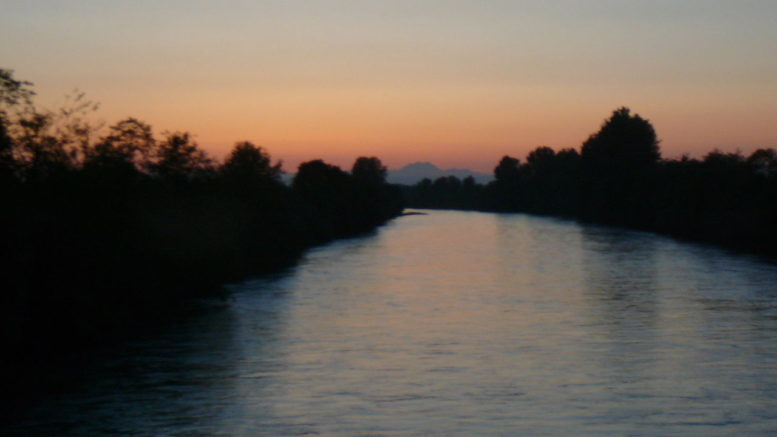First the good news — the return of coho to the Voights Creek Hatchery has met egg-take goals, and the river has opened for recreational and tribal coho retention (hatchery coho only, for sporties). Obviously we’re happy to see the greater than forecast return for this river as well.
Read more here: WDFW
But at this point, we are trying to understand why marine areas 6, 8, 9, 10 and 11 aren’t open for recreational coho fishing. Last year at this time, there was still very productive coho fishing to be had from Seiku all the way to the sound–while it’s late, it still seems worthwhile to open these areas.
We’ve heard two possible reasons, and none of them seem valid at this point:
- Wild coho impacts: With returns showing strongly enough that gill netting is taking place on even terminal areas of concern (like the Puyallup River) this argument seems invalid.
- Puyallup River chinook impacts: Weeks ago WDFW, in a call with the recreational advisors, stated that Puyallup chinook impacts was the reason to not open marine fisheries when coho returns were stronger than expected. At this point we have coho recreational fisheries open in the Puyallup river and the Puyallup Tribe opening marine gill-net fisheries outside the river mouth. Yet stretches of water far less likely to contain Puyallup chinook remain closed? Doesn’t make sense.
We’re big believers in in-season management–but decisions that open up hugely productive Tribal fisheries while denying sportsfishermen access to the productive marine waters is a serious concern. We already expect this year to set new records for inequity between large Tribal and very small non-tribal harvests — and keeping the marine areas closed only serves to exaggerate this situation.
We will be reaching out to WDFW for comment and will update this story when we hear back.
CORRECTION – Previous versions of this article described the Puyallup Tribal fisheries as in the river itself, when they in fact are marine fisheries/Area 11 just outside the river mouth.


It is long overdue for this state to mandate the use of selective gear by ALL groups fishing areas where ESA fish will be impacted. A study by an independent group on net mesh size vs wild fish impact would be very interesting. We already know how a single barbless hook does! Especially when that user group isn’t even allowed to fish!!
The fact that gillnet fisheriers are being conducted by tribal in the terminal area’s and non-tribal commercial in Puget Sound, I would say “no recreational opportunity in the salt to protect ESA listed stocks” is complete BS. I’ll be curious to hear WDFW’s take on this, but that management position doesn’t make sense. Not to mention we are now into mid-October, so migratory Chinook impacts in the salt should not be a major concern. I will also continue to pursue the harvest nymbers of ESA listed Chinook, by tribal fisheries for all Puget Sound rivers for the past 5 years to get a sense on how many ESA listed fish are being removed and not allowed to hit the gravel, more to come-